Fostering Powerful Use of Technology Through Instructional Coaching
Digital Promise
AUGUST 13, 2018
To address this divide, it is necessary yet insufficient to ensure all schools have access to the internet and devices. 1 McCaffrey, Lockwood, Koretz, & Hamilton, 2003; Rivkin, Hanushek, & Kain, 2000; Rowan, Correnti & Miller, 2002; Wright, Horn, & Sanders, 1997. To learn more about our findings, read the full report.















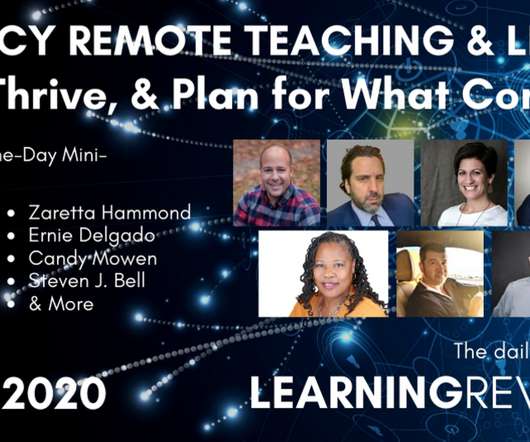

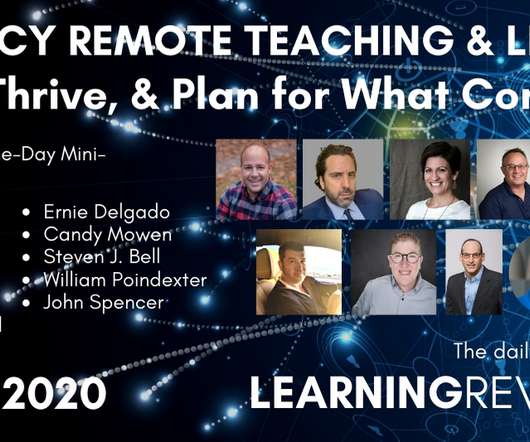
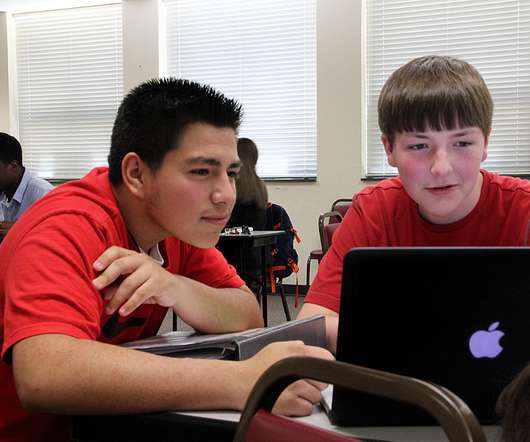

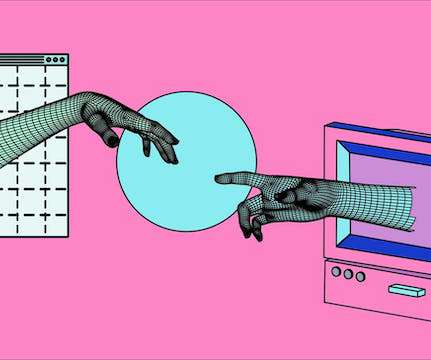




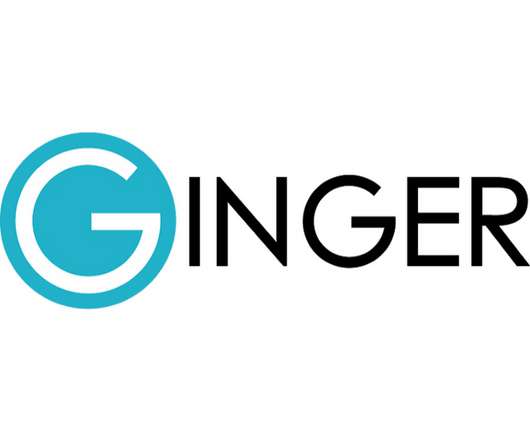










Let's personalize your content